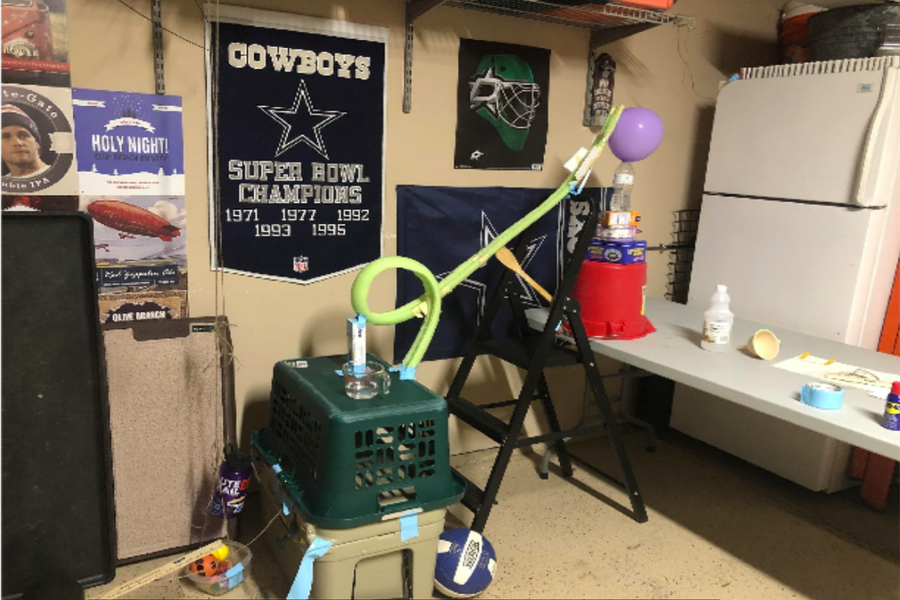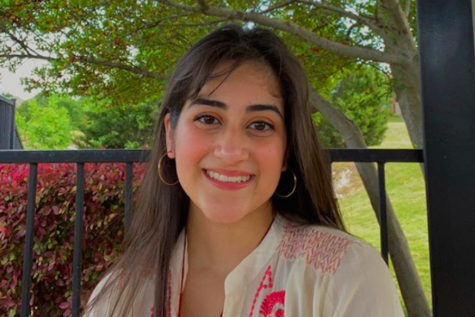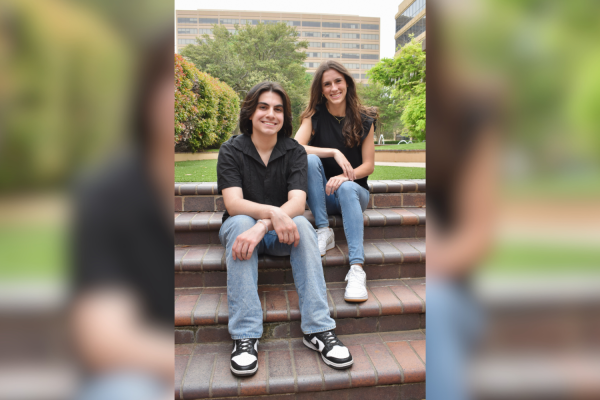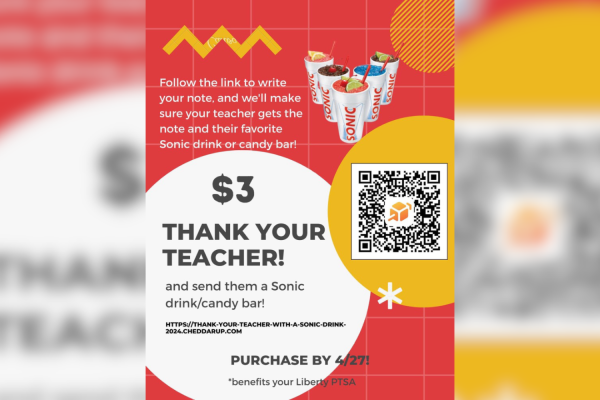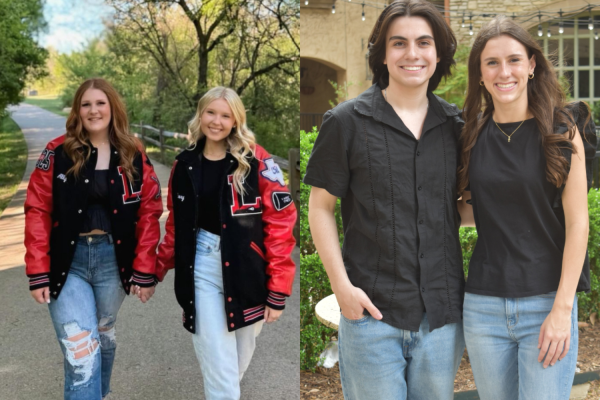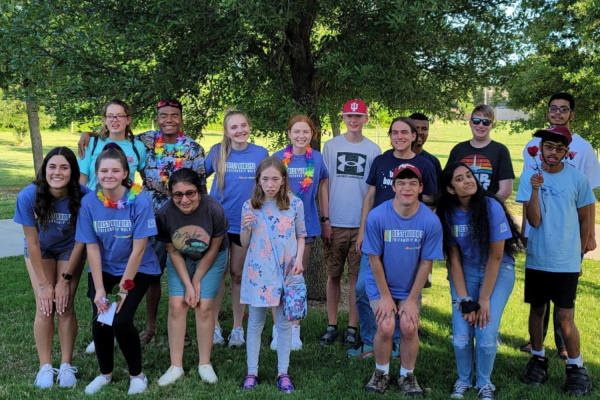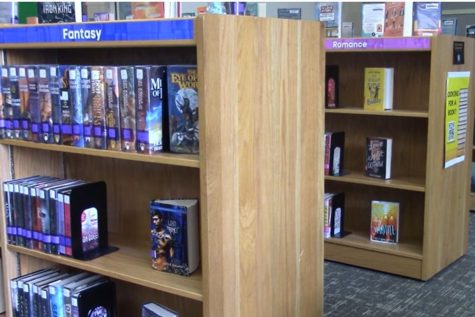Students think outside the box for semester project
provided by Christine Rittenhouse
Juniors Olivia Allphin and Malei Cox’s Rube Goldberg Machine was designed to help clean up gazelle toys. Each of the AP Physics 1 students put together elaborate machines with multiple steps in order to complete one task.
December 13, 2019
Students in AP Physics 1 showcased their level of mastery with the course material on Thursday by building and turning in an elaborate invention, known as a Rube Goldberg Machine, that uses several steps in order to complete a simple task.
“The building of the project? Anyone can do that. But the students are expected to explain the energy transformations that occur throughout the multitude of steps,” AP Physics teacher Christine Rittenhouse said. “They’re expected to talk about the energy types that are being transformed and how the energy is transferred from object-to-object in the context of what is known as ‘work’.”
Rittenhouse urged the students to think outside the box for this project and utilize what they learned during the semester and see what worked for them.
“A lot of what is used in the project is gravitational potential energy which as a teacher, having to grade them is really boring,” she said. “So I really encourage the students to branch out and see what they can do with – for example, chemical potential energy, or see if they can burn through a string using thermal energy.”
The extensive amount of requirements for this machine opened up some challenges for some of the groups on how they could apply their knowledge of physics, as well as how they could fix their mistakes.
For junior Anna Clerkin and her group, the biggest challenge was the extensive amount of planning that had gone into completing their task.
“It was hard because we had to really plan everything and apply our knowledge of nonconservative and conservative forces such as the fact that gravity and elastic being conservative and other being nonconservative,” Clerkin said. “We really wanted chemical energy to work because it’s really cool, but then we had to take a step back and say ‘okay this isn’t working; how do we fix it?’ and we just knew that rubber bands were a good source of elastic and we could incorporate that instead.”
Junior Sofia Calderon’s machine took not only a high level of planning and preparation, but a certain level of self-confidence to complete as well.
“We just persevered through despite all the trials we had to do. It took a lot of motivation and self-confidence to keep going,” Calderon said. “But I learned to apply the principles of what we were learning to the real world, whether it be a simple task or a really elaborate machine, so it was worth it I guess.”



